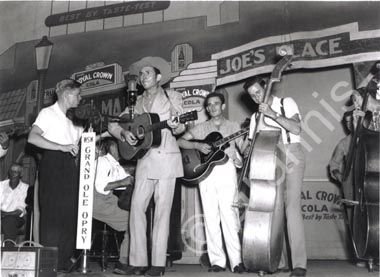The evolution of country and western music in the early 20th century was deeply shaped by powerful historical forces, including economic collapse, environmental disaster, internal migration, and wartime transformation. The Great Depression, beginning in 1929, devastated rural and working-class communities across the United States. For many Americans living in the agricultural heartland, economic hardship was compounded by environmental catastrophe. During the 1930s, the Dust Bowl, a series of severe droughts and dust storms, ravaged the Southern Plains, turning once-productive farmland into a barren wasteland. Entire families were uprooted as crops failed, livestock died, and rural life became unsustainable.
This dual crisis of economic and environmental collapse sparked one of the largest internal migrations in United States history. Hundreds of thousands of Americans, many of them white Southerners from Texas, Oklahoma, Arkansas, and Kansas, fled westward toward California or northward to urban industrial centers such as Nashville, Detroit, Chicago, and Atlanta. These displaced communities brought their cultural traditions with them, including folk ballads, gospel harmonies, and string band sounds that would form the backbone of early country music. For migrants longing for familiarity, these songs provided both comfort and continuity, offering a way of holding on to home while forging new lives in unfamiliar places.
At first, record producers labeled these musical styles “hillbilly music,” a term intended to market rural Southern sound to urban, often northern, consumers. Though popular, the term was soon recognized as both limiting and derogatory. By the 1940s, the industry had adopted the label “country and western,” later shortened to simply “country.” The music itself drew from diverse sources, including Appalachian fiddle tunes, Anglo-Celtic folk songs, religious hymns, and cowboy ballads. Yet it remained grounded in the storytelling traditions of rural life, capturing themes of hardship, heartbreak, faith, love, and resilience.
Radio played a crucial role in the rapid growth and national reach of country music. The first commercial radio station, KDKA in Pittsburgh, began broadcasting in 1920. By 1922, more than 500 stations were operating across the country, including nearly 90 in the South. Unlike phonograph records, which many working-class families could not afford, radios were accessible through installment plans and brought music directly into people’s homes. Crucially, radio stations were overwhelmingly white-owned, and programming reflected this imbalance. While “hillbilly music” found a prominent place on the airwaves, race records—music by and for Black audiences—remained largely dependent on phonograph sales and were underrepresented in early radio broadcasting.
One of the most influential programs in popularizing country music was the Grand Ole Opry, which began airing from Nashville in 1925. It quickly became a Saturday night ritual, broadcasting live performances to millions of listeners across the South and Midwest. For Southerners who had migrated to cities in search of work, programs like the Opry provided a cultural lifeline to their rural roots.
By the 1930s and 1940s, country music had also found a place in Hollywood. Films featuring the “singing cowboy” archetype, popularized by stars such as Gene Autry and Roy Rogers, introduced the genre to a national audience. Their blend of wholesome storytelling, western imagery, and sentimental balladry helped expand the cultural footprint of country and western music far beyond its Southern origins.
Meanwhile, a grittier, more urban strain of country music took hold in working-class bars and dance halls across the South and Southwest. Known as honky-tonk, this style was marked by electrified instruments, hard-edged lyrics, and emotionally raw performances. No figure embodied this subgenre more powerfully than Hank Williams, whose songwriting distilled personal pain into timeless expressions of sorrow and longing. Songs such as “Your Cheatin’ Heart” and “I’m So Lonesome I Could Cry” captured the voice of postwar America with devastating clarity.
As we will explore in this chapter, country music’s transformation from regional folk tradition to nationally celebrated genre was shaped by a complex interplay of geography, technology, migration, and mythmaking. What began as a regional expression of southern white identity grew into a national genre, one that continues to evolve and shape American culture to this day


